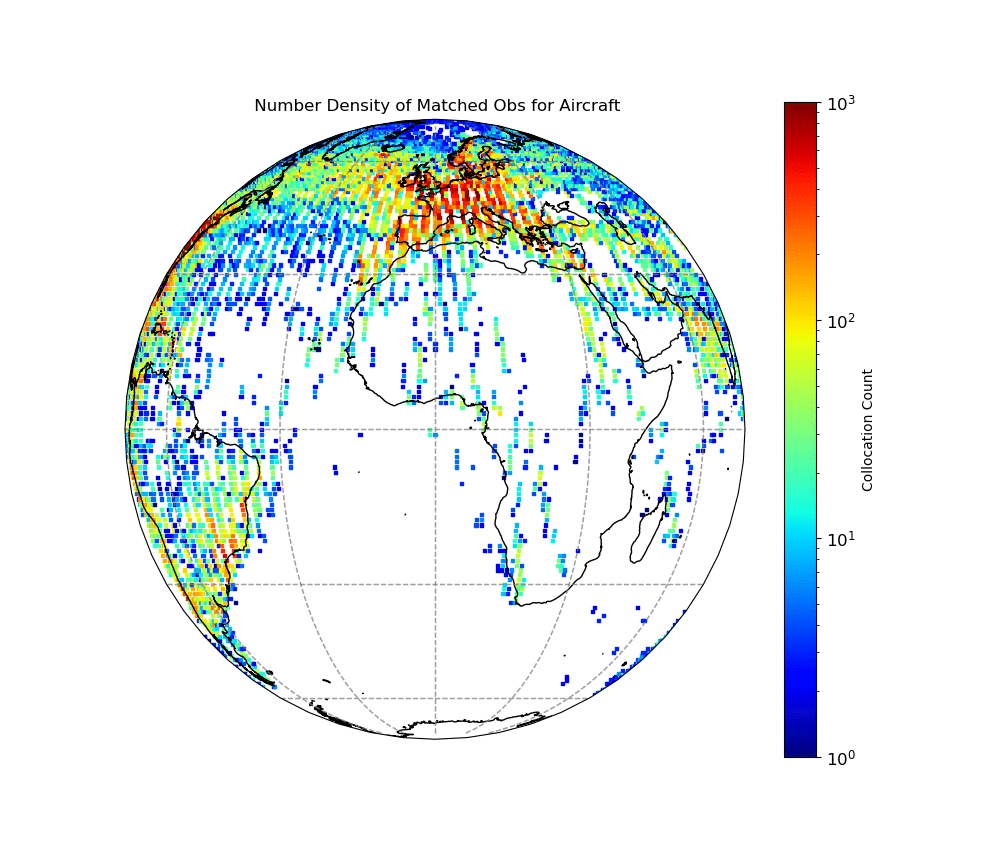A Novel Archive and Collocation Software Application for the Intercomparison of Winds from Multiple Observing Platforms

This announcement marks the first official public release of the System for Analysis of Wind Collocations (SAWC), a tool poised to innovate wind-related research co-developed by Earth System Science Interdisciplinary Center (ESSIC) scientists Katherine E. Lukens, Kayo Ide, Ross N. Hoffman, and Hui Liu. The UMD authors worked alongside Kevin Garrett, David Huber, and Brett Hoover from NOAA, and David Santek from the University of Wisconsin-Madison.
SAWC is the culmination of a years-long collaboration across federal, academic, and private entities to address the National Academies’ 2017-2027 decadal survey requirement for highly accurate 3D wind observations, and to support researchers’ needs to acquire and analyze wind data from multiple sources. In essence, SAWC provides the data and tools needed for wind observation research all in one place.
“If researchers want to evaluate winds observed by different platforms, they no longer need to acquire and reformat the data themselves, nor must they develop their own analysis tools, all of which take time to do,” says Dr. Katherine Lukens, one of SAWC’s lead developers, “Rather, with SAWC this has already been done for you!”
SAWC was jointly developed by the NOAA/NESDIS/Center for Satellite Applications and Research (STAR), the Cooperative Institute for Satellite Earth System Studies (CISESS) at the University of Maryland’s Earth System Science Interdisciplinary Center, and the Cooperative Institute for Meteorological Satellite Studies (CIMSS) at the University of Wisconsin-Madison, and includes:
- A multi-year global archive of 3D winds observed by aircraft, sondes, stratospheric superpressure balloons, and satellites (i.e., atmospheric motion vectors (AMVs), Aeolus Doppler wind lidar)
- Identified pairings between select datasets collocated in space and time, for select time periods
- A downloadable software application designed for users to interactively collocate and statistically compare wind observations based on their research needs
- A user manual
Since all winds are provided in a common format (netCDF), intercomparisons between wind datasets are made easier than ever before. The software application is open-source, relatively easy to use, and is designed to be flexible and capable of handling additional datasets not yet available in the archive. The potential value of SAWC is wide-ranging, from product validation and observation error characterization to advancements in the global Earth observing architecture.
SAWC is hosted by STAR, continuously updated, and publicly available online at https://www.star.nesdis.noaa.gov/sawc/.
How to Cite:
Lukens, K.E.; Garrett, K.; Ide, K.; Santek, D.; Hoover, B.; Huber, D.; Hoffman, R.N.; Liu, H. System for Analysis of Wind Collocations (SAWC): A Novel Archive and Collocation Software Application for the Intercomparison of Winds from Multiple Observing Platforms. Meteorology 2024, 3, 114-140. https://doi.org/10.3390/meteorology3010006





